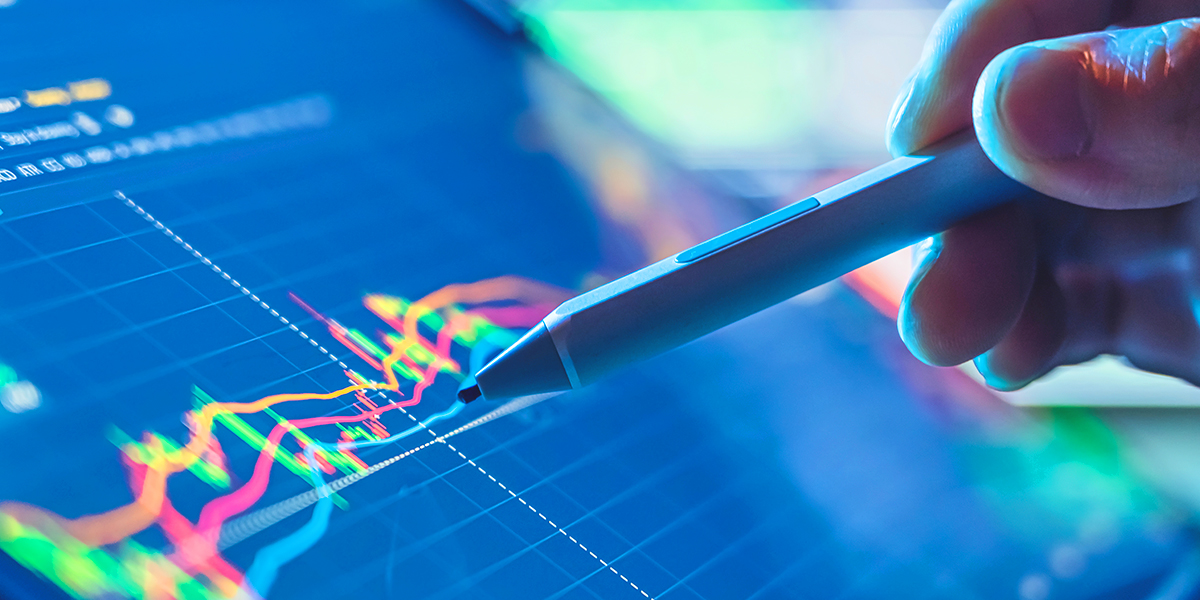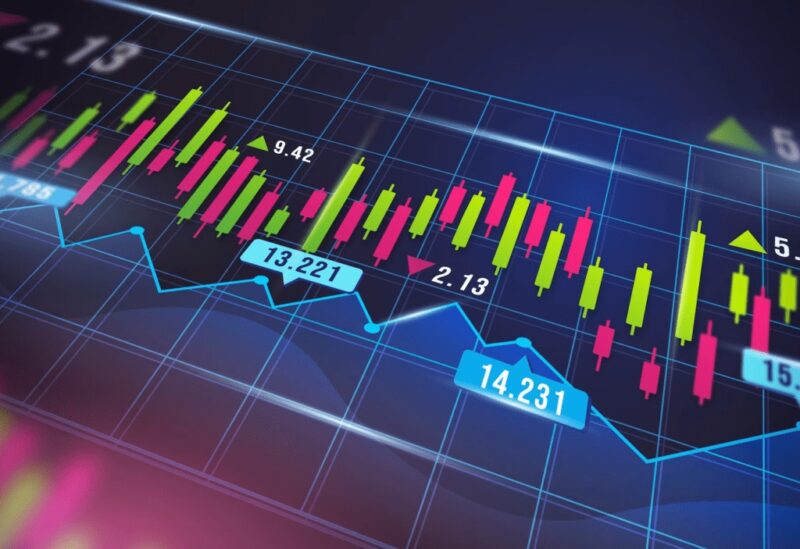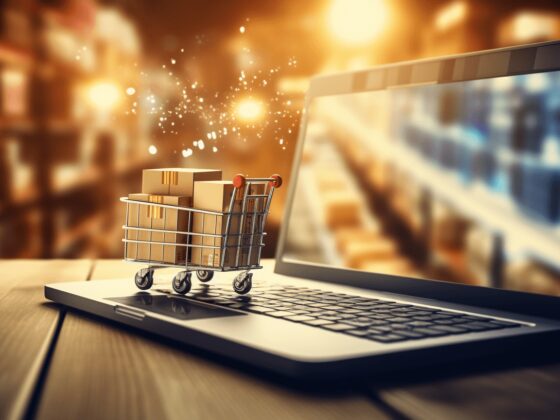In the rapidly evolving world of finance, automated trading has emerged as both a beacon of hope and a cause for skepticism. With promises of increased efficiency, reduced emotional bias, and the ability to analyze vast amounts of data in fractions of a second, it’s no wonder that traders—both novice and seasoned—are flocking to algorithms in search of a competitive edge.
But beneath the glimmer of opportunity lies a more complex reality. Does automated trading truly deliver on its promises, or is it merely a sophisticated mirage that lures investors into the tumultuous waters of market speculation? In this exploration, we’ll peel back the layers of automation in trading, examining the genuine potential and the hidden pitfalls that come with it.
Prepare to journey through the interwoven realms of technology, strategy, and market dynamics to uncover the truth behind the hype.
What is Automated Trading?

Automated trading, often dubbed algorithmic trading, refers to the use of computer programs and algorithms to execute financial trades at speeds and complexities far beyond human capability. These systems analyze vast amounts of market data, identify patterns, and make split-second decisions, allowing traders to capitalize on fleeting opportunities that might otherwise go unnoticed.
Imagine a rapid-fire chess game where each move is calculated not just for its immediate impact but also for its subsequent consequences, all happening within milliseconds. But it’s not merely about speed; automation can also enhance consistency, reduce emotional bias, and enable a level of efficiency unattainable through manual trading.
For those curious about auto trading, understanding its mechanics and potential risks is essential before diving in. Yet, while automated trading promises a realm of possibilities, many question its reliability and effectiveness, pondering whether it truly lives up to the hype or if it’s merely a sophisticated gamble draped in the shroud of technology
The Benefits of Automated Trading

Automated trading offers a myriad of benefits that can significantly enhance an investor’s approach to the financial markets. First and foremost, it removes the emotional fluctuations that often accompany trading decisions. By relying on algorithms, traders can execute strategies based strictly on data, allowing for a level of objectivity that can be hard to maintain in the heat of market fluctuations.
Furthermore, automated systems can analyze vast amounts of information in mere moments—far beyond what a human can process. This capability translates into quicker decision-making, enabling traders to capitalize on fleeting market opportunities.
Additionally, the 24/7 nature of global markets means that automated trading can operate around the clock, ensuring that trades are executed at optimal times, even when the trader is asleep or otherwise occupied. All these factors combined create a unique synergy that can lead to improved trading outcomes and increased efficiency—making automated trading an alluring option in today’s fast-paced financial landscape.
Conclusion

In conclusion, while automated trading systems offer tantalizing promises of efficiency and profitability, their effectiveness ultimately hinges on a variety of factors, including market conditions, the quality of the algorithms, and the trader’s individual goals. The hype surrounding these systems can often overshadow the reality of their limitations and risks.
For those intrigued by the world of auto trading, it’s worth trying it at least once to gain firsthand experience and to better understand how it operates. However, it is crucial to approach these systems with a healthy dose of skepticism and a solid strategy in place, ensuring that one is well-informed and prepared for both the potential rewards and the inherent hazards of automated trading.


